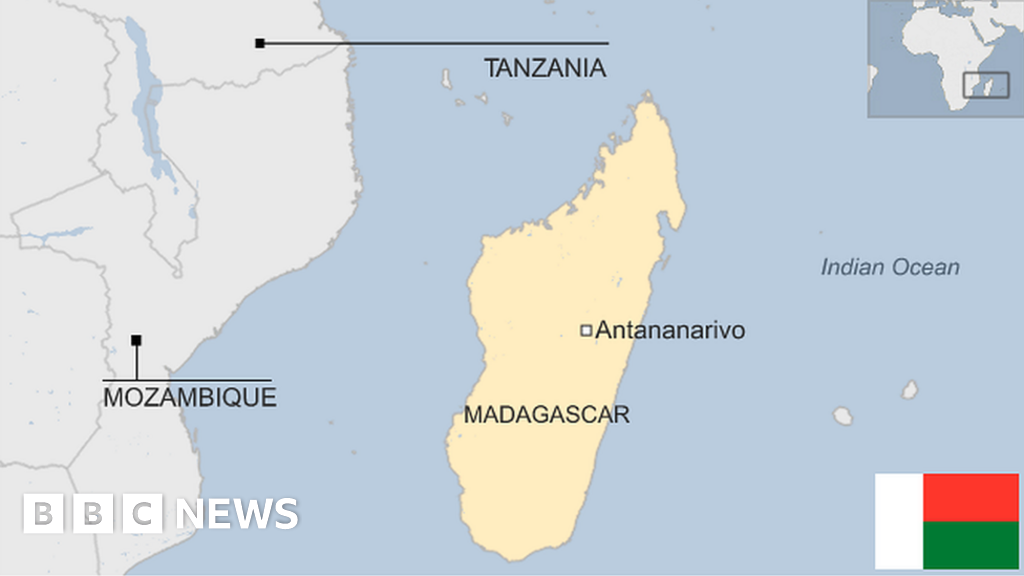Place In News
Madagascar
- 17 Oct 2025
- 2 min read
Madagascar's armed forces have taken control of the government, ousting the incumbent President following a youth (Gen Z) led rebellion over economic crises and governance failures. It has experienced frequent military-backed power shifts since 1960, with the last major unrest in 2009.
- About: It is an island nation in the Indian Ocean, bordered by the Mozambique Channel to the west and neighboring Comoros, Réunion islands, and Mauritius.
- Geography: The 4th-largest island in the world, it features lush rainforests, dry deserts, grassy plains, and coastal coral reefs and mangrove forests.
- Nature & Wildlife: Nearly 90% of flora and fauna are endemic, due to ocean isolation.
- Famous species: Lemurs (including silky sifakas and aye-ayes), giant leaf-tailed geckos, spider tortoises, Dumeril's boas, Madagascan plovers.
- Marine life: Humpback whales and pygmy blue whales along coasts.
- National tree: Baobab tree, notable for water-storing trunk.
- History: France invaded Madagascar in 1883, making it a colony in 1896. After the 1947 Malagasy Uprising, the island gained independence in 1960.
- People & Culture: About 80% of the population depends on agriculture, growing coffee, vanilla, and sugarcane, with rice as the staple food.
- Music is important in its culture, with the valiha, a tube zither made from bamboo, as the national instrument.
| Read More: Humanitarian Assistance to Drought-Hit Madagascar |








